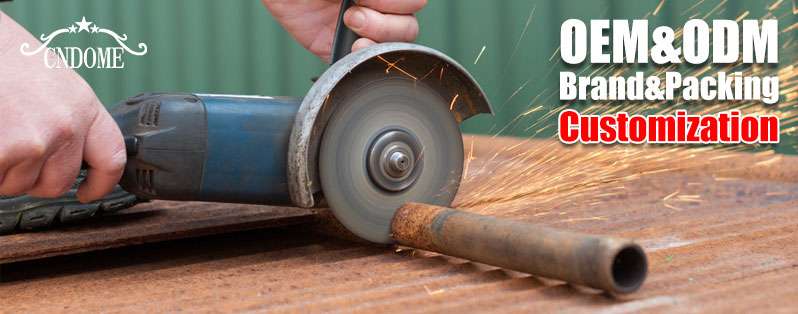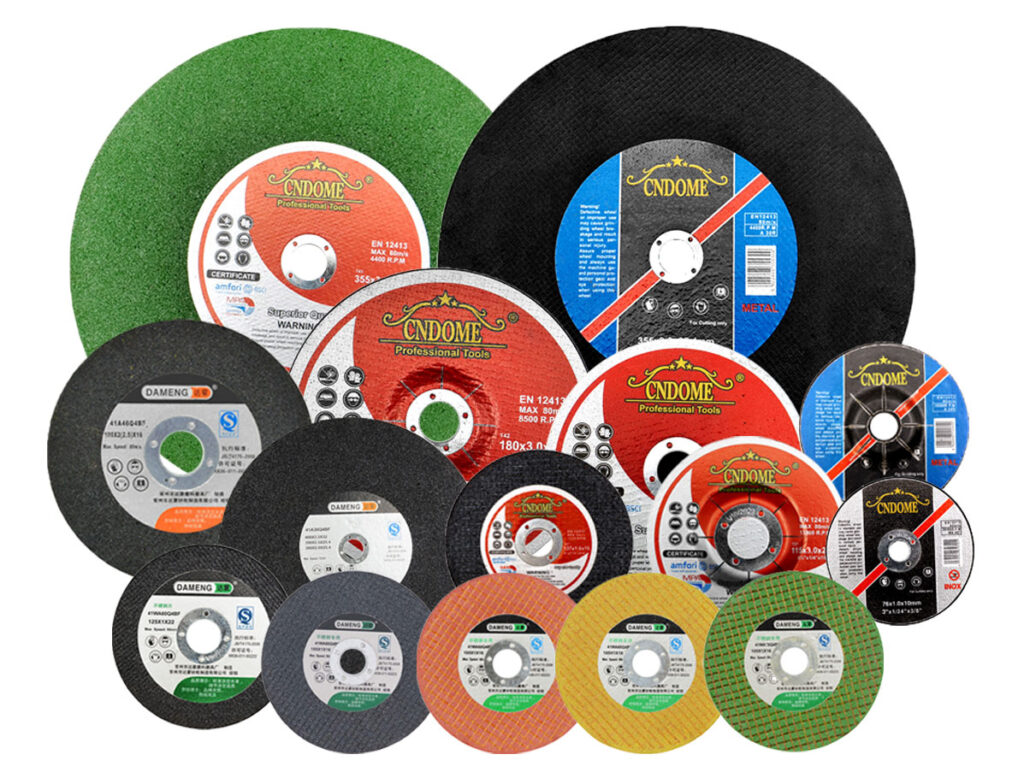Cutting discs are essential tools in many industries, used for slicing through a wide range of materials, including metals, tiles, concrete, and plastics. These tools, typically made of abrasive materials bonded together with a resin or metal, are highly specialized and designed for efficiency and precision. A cutting disc factory is where these products are manufactured, and understanding how these factories operate can give you insights into quality, performance, and cost-effectiveness.
What is a Cutting Disc Factory?
A cutting disc factory is a production facility dedicated to the manufacturing of cutting discs, also known as cut-off wheels or grinding discs. These factories typically produce a wide range of discs to meet the varying needs of customers, from high-speed tools for professional industrial use to general-purpose discs for DIY projects.
The manufacturing process involves several steps, including the selection of raw materials, molding, curing, quality control, and packaging. Cutting disc factories often work with different abrasive materials such as aluminum oxide, silicon carbide, or diamond, depending on the application and the material being cut.
Key Steps in the Manufacturing Process
Material Selection: The first step in the manufacturing process involves selecting the right materials for the cutting disc. The type of abrasive material used (e.g., aluminum oxide for general cutting or diamond for hard materials) plays a crucial role in determining the disc’s efficiency and lifespan.
Mixing and Bonding: The selected abrasives are then mixed with a bonding agent, such as resin or metal. The mix is poured into molds to form the shape of the cutting disc. This stage is critical to ensuring the disc holds together under pressure and heat.
Pressing and Shaping: Once the mixture is in the mold, it is pressed under high pressure to form the final disc shape. The pressing stage determines the thickness, diameter, and overall uniformity of the cutting disc.
Curing: After pressing, the discs are heated in an oven to cure the bond. This ensures that the abrasive particles are securely fixed within the disc and that the disc has the right amount of hardness and durability.
Quality Control: After curing, each cutting disc undergoes rigorous quality control checks. These may include tests for uniformity, strength, and durability, ensuring that each disc can withstand the stress of cutting through materials.
Packaging: Finally, once the discs have passed the quality control tests, they are packaged for shipment. This step often includes labeling, bundling, and preparing the products for delivery to distributors or end users.
Quality Considerations for Cutting Discs
In a cutting disc factory, one of the most important factors is maintaining strict quality control standards. Poorly made discs can result in inefficient cutting, shorter lifespans, and even dangerous breakage during use. Quality control involves checking for:
- Uniformity: Discs must be of consistent thickness, diameter, and bonding strength.
- Durability: A high-quality cutting disc should maintain its abrasive properties throughout its use.
- Safety: Safety is paramount, as improperly made discs can break under high-speed use. Factories typically run tests to ensure discs meet specific safety standards.
Innovations in Cutting Disc Manufacturing
With advancements in material science, cutting disc manufacturers are constantly improving their products. Here are some recent trends in the cutting disc industry:
- Advanced Abrasive Materials: Innovations in abrasive technology, such as ceramic or diamond abrasives, offer better performance and longer lifespans.
- Customizations: Many factories now offer OEM (Original Equipment Manufacturer) services, allowing customers to request customized cutting discs tailored to specific needs. These might include unique sizes, shapes, or even custom abrasive compositions.
- Environmentally Friendly Practices: Some factories are focusing on sustainability, using eco-friendly materials and processes to reduce waste and emissions during production.
- High-Performance Coatings: Cutting discs are often coated with special materials to reduce friction, heat buildup, and improve the overall cutting efficiency.
Choosing the Right Cutting Disc Factory
When selecting a cutting disc factory, it’s important to consider several factors:
- Reputation: Look for manufacturers with a good track record of producing high-quality, reliable cutting discs.
- Customization Options: If you have specific requirements, such as disc size or material, make sure the factory offers customizations.
- Pricing: While quality should be the top priority, pricing is also a factor. Compare prices from different manufacturers to ensure you’re getting value for your investment.
- Certifications: Choose factories that adhere to international standards and have relevant safety certifications. This guarantees that the cutting discs meet global safety and performance standards.
Conclusion
A cutting disc factory is the backbone of the abrasive tool industry, producing high-quality products that enable professionals and DIY enthusiasts alike to tackle a range of cutting tasks. By understanding the manufacturing process and key factors like material selection, quality control, and safety considerations, you can make more informed decisions when choosing a cutting disc for your needs. Whether you’re looking for a standard disc or a customized solution, understanding how these tools are made helps you appreciate the precision and expertise that goes into every cutting disc.



